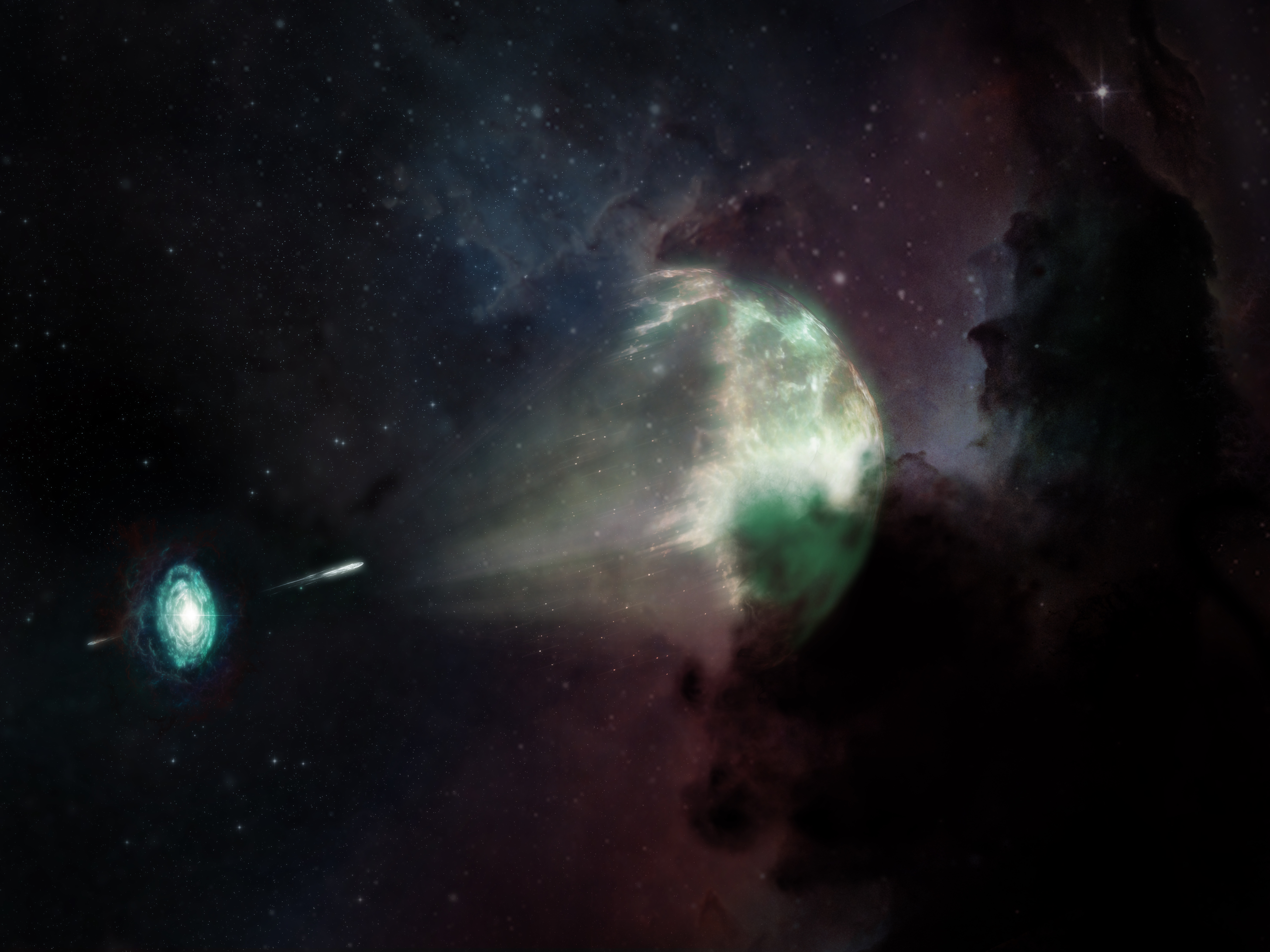
Image courtesy of NASA/JPL-Caltech/SETI Institute
Analysis finds evidence for many exoplanets made of water and rock around small stars. A new study suggests that many more planets may have large amounts of water than previously thought–as much as half water and half rock. The catch? All that water is probably embedded in the rock, rather than flowing as oceans or rivers on the surface.
Water is the one thing all life on Earth needs, and the cycle of rain to river to ocean to rain is an essential part of what keeps our planet’s climate stabl...
Read More









Recent Comments